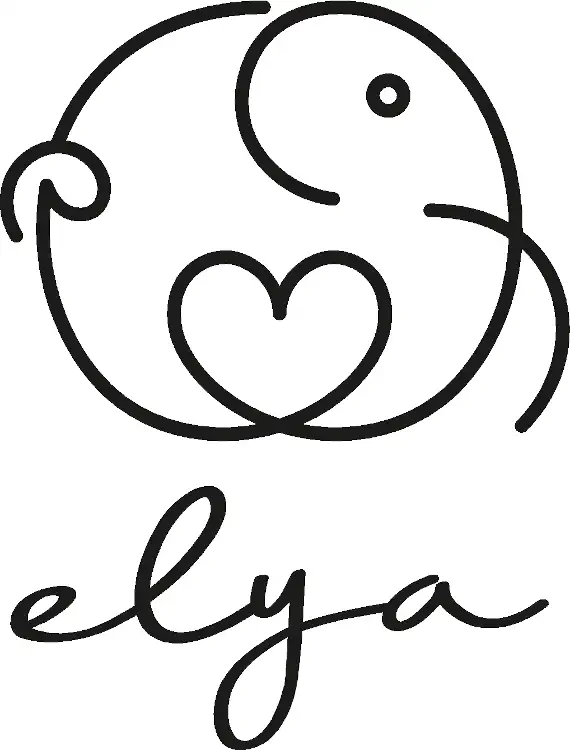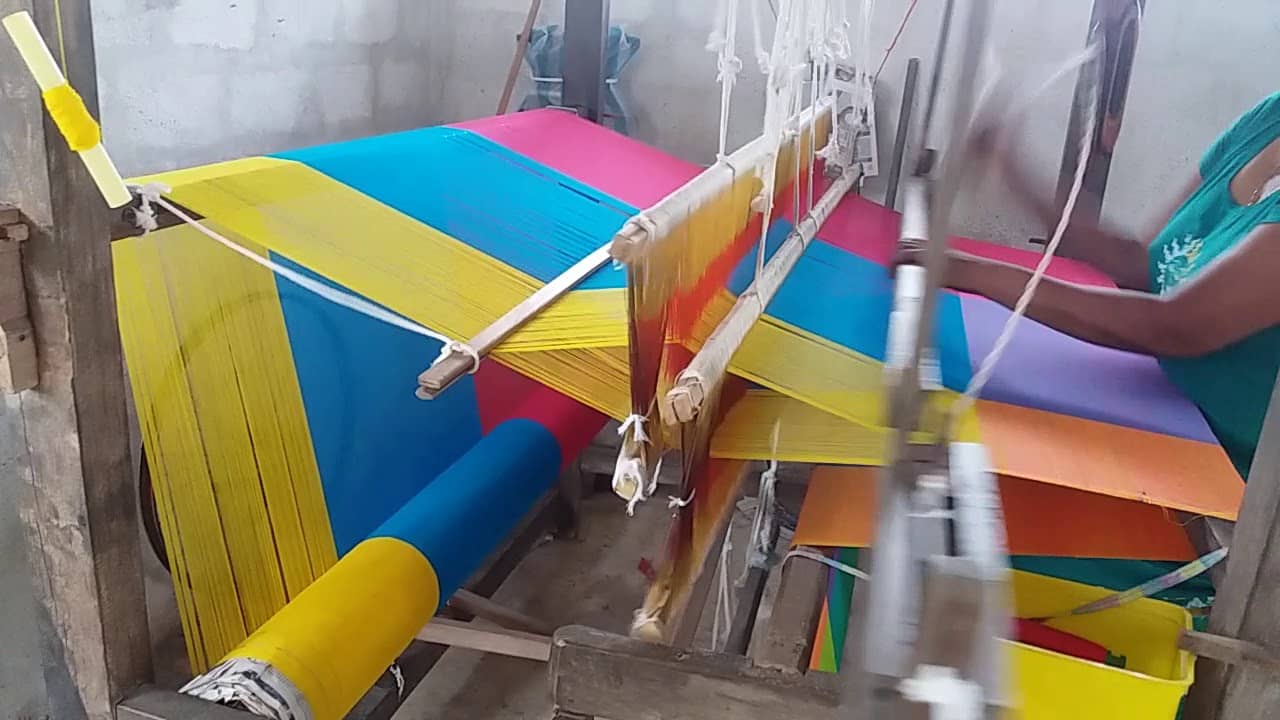Hand weaving of fabric is a cloth producing art that has been known to all cultures in the world. Sri Lanka’s artisanal handloom trade is a vibrant and culturally rich tradition where its roots date back to over 2,500 years, with evidence of weaving found in ancient chronicles and archaeological sites. After thousands of years even amidst many hardships, the tradition of handloom weaving still endure amongst the weaver artisans in Sri Lanka who stand faithful to the age-old craft that has been handed down to them through generations.
The story of turning fibre into fabric begins with selecting a natural fiber such as cotton and patiently spinning it into yarn. The yearn is then carefully coloured using natural or eco-friendly dye into vibrant hues that reflect Sri Lanka’s tropical beauty. The dyed threads are then spun into yarn shuttles or bobbins and finally woven into fabric in the loom with each intricate design requiring precision and expertise. The entire process takes place without any use of conventional energy or machinery.
Although breathtakingly beautiful and magical, handloom weaving is a skillful and a labour intensive craft that requires mastery and patience as the process is mostly dependent on the precise coordination of warp and weft threads on the loom.
The Loom is the framework of weaving that is usually constructed from strong, durable wood such as teak or jackfruit wood. Loom functions by holding the warp threads under tension while allowing the interweaving of the weft threads.
The Warp is the foundation of weaving - it consists of vertical threads that are stretched tightly on the loom and these threads act as the backbone of the fabric and usually stronger than weft to withstand the tension during the weaving process. The warp threads are carefully arranged on the loom and are passed through heddles, which help in raising and lowering specific threads to create patterns. The process of setting up the warp is known as warping, demanding precision to ensure that the fabric is even and durable. The threads are wound onto a beam and extended across the loom, maintaining consistent tension to facilitate smooth weaving.
The Weft is the filling of threads - refers to the horizontal threads that are woven through the warp threads. These are inserted using a shuttle or a bobbin, passing over and under alternate warp threads. The weft gives the fabric its width and can be made of different materials and colors to create intricate patterns and designs. Once the weft is passed through, a beater (or reed) pushes it firmly against the previously woven threads, ensuring a tight and uniform weave. It is all about interlacing two sets of yarn at the right angles. This is the magical process that, at the end, creates a beautiful piece of fabric.
The artisanal handloom industry in Sri Lanka is more than just a craft; it is a living legacy of history, culture, and sustainability. Each thread woven by skilled hands tells a story of tradition, creativity, and resilience. As the world shifts towards ethical and eco-conscious choices, Sri Lankan handloom stands as a proud testament to the beauty of handmade textiles. By embracing and promoting this industry, we not only preserve an ancient art but also create a more sustainable and meaningful future for generations to come.

